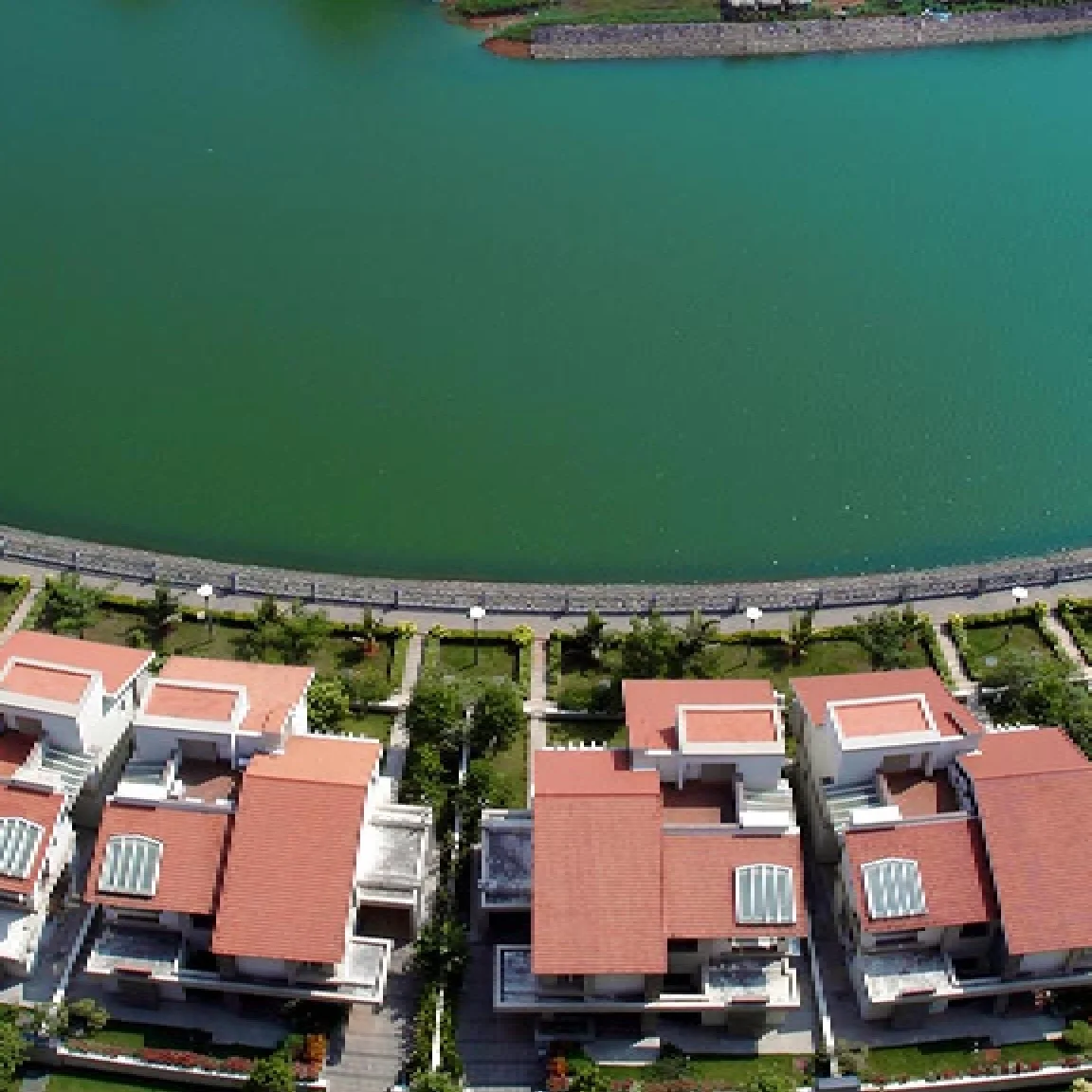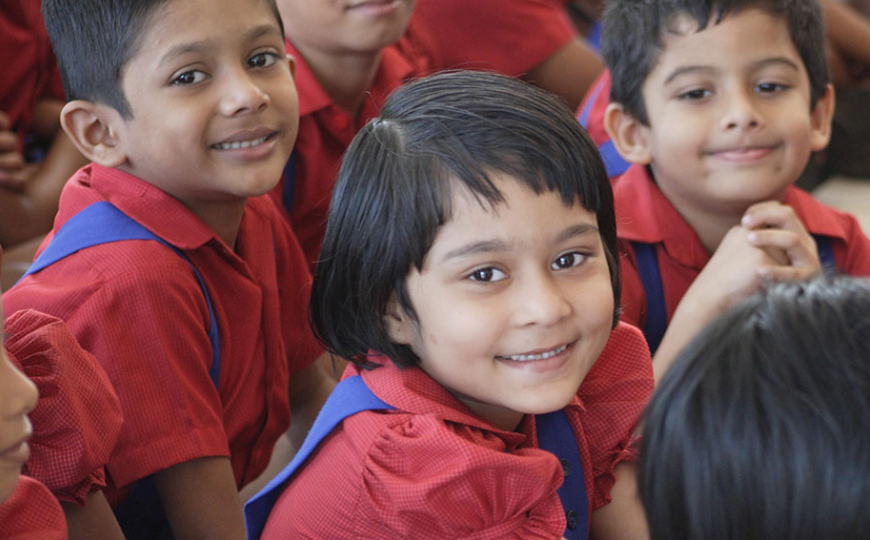At SOBHA, we believe that some of our finest achievements do not just refer to our growth figures. They also extend to Vadakkenchery, Kizhakkenchery and Kannambra – three panchayats in Palakkad district of Kerala, each consisting 2 villages. To usher in holistic growth at the grass-root level, the company, under the aegis of its CSR arm, ‘Sri Kurumba Educational & Charitable Trust’, initiated Graamasobha – a unique social development initiative for the three grama panchayats in the year 2006.
An in-depth Social Empowerment Mapping Exercise (SEME) was undertaken by the Social Empowerment Department (SED) of the Trust to fulfill the following objectives.
- To identify and enlist genuine beneficiary families from the two panchayats using clear-cut norms and terms
- To generate qualitative and multi-dimensional ‘Baseline Reports’ on the target families, so that specific programmes and activities could be implemented for their benefit
- To devise target-based, area-specific empowerment programmes and activities for key human development verticals like education, health, employment, housing, sanitation and water
- To design an effective mechanism to measure and monitor processes and the pace of the empowerment programmes of the Trust
In 2006, the Trust selected and trained a team on a full-time basis to complete the exercise. For about a year, they studied the incidence, depth, and severity of poverty of the beneficiaries with the help of various mapping methods. Families, which had extremely poor living conditions or those which had a monthly income level of 7,500 or below, were categorised as Below Poverty Line (BPL). The Trust has identified nearly 4485 families (around 17171 people) from the Below Poverty Line (BPL) bracket. Beneficiary identity cards were issued to the adopted families. As a result, the Trust has detailed and authentic data about each beneficiary and his or her individual requirements.
Based on the data, the Graamasobha model was developed. The lives of thousands of underprivileged citizens are getting positively transformed through this growth model, which has a bottom-up approach towards poverty alleviation.





![th-quality1[1]](https://www.sobha.com/wp-content/uploads/2024/10/th-quality11.jpg)
![EOHS-quality[1]](https://www.sobha.com/wp-content/uploads/2024/10/EOHS-quality1.jpg)






